Home>Construction & Tools>Building Materials>What Causes Brick To Turn White
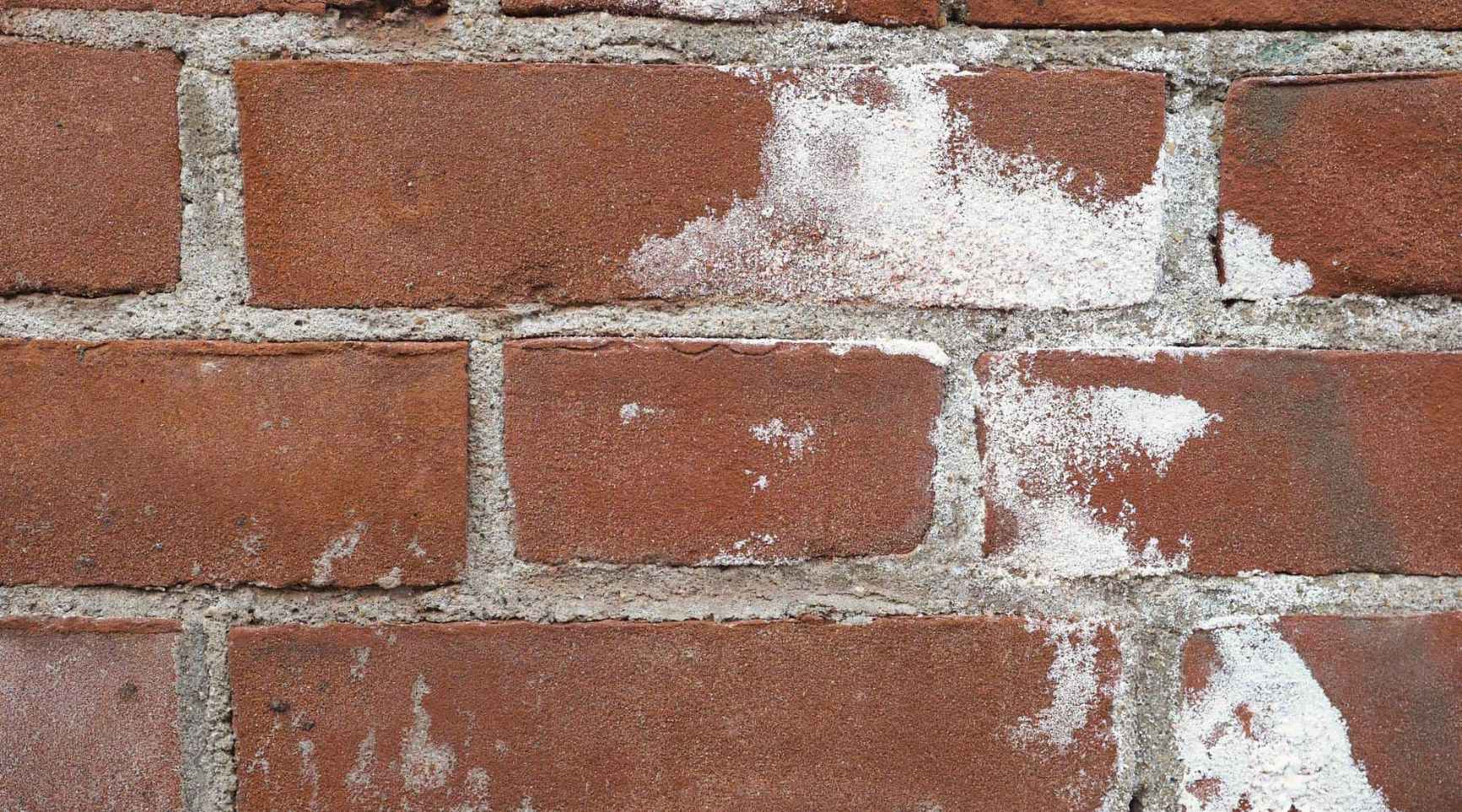

Building Materials
What Causes Brick To Turn White
Published: January 23, 2024
Learn about the causes of white discoloration on brick surfaces and how it affects building materials. Explore solutions to prevent and remedy this common issue.
(Many of the links in this article redirect to a specific reviewed product. Your purchase of these products through affiliate links helps to generate commission for Storables.com, at no extra cost. Learn more)
Introduction
Welcome to the fascinating world of building materials, where every brick, stone, and concrete block has a story to tell. In this article, we delve into the intriguing phenomenon of bricks turning white, exploring the various factors that contribute to this visually striking occurrence. Understanding the causes behind this transformation not only satisfies our curiosity but also equips us with valuable knowledge for maintaining the integrity and aesthetics of our architectural structures.
Bricks, renowned for their durability and timeless appeal, are susceptible to a range of environmental and chemical processes that can alter their appearance. One of the most common manifestations of this is the emergence of a white, powdery substance on the surface of the bricks, a sight that can be both puzzling and concerning to property owners and builders alike. This article aims to unravel the mysteries behind this phenomenon, shedding light on the underlying reasons for brick efflorescence and related discoloration.
Join us on this exploration as we uncover the intricate interplay of natural elements, construction practices, and material composition that contribute to the enigmatic whitening of bricks. By the end of this journey, you will emerge with a deeper understanding of the factors at play and the measures that can be taken to mitigate the effects of brick discoloration, ensuring the longevity and visual appeal of architectural structures.
Key Takeaways:
- Efflorescence, caused by salt deposits, makes bricks turn white. Prevent it by managing moisture and using low-salt materials, preserving the beauty of architectural structures.
- Leaching and freeze-thaw damage can also turn bricks white. Protect them with moisture management, drainage systems, and resilient materials to maintain their visual appeal.
Read more: What Causes Grass To Turn White
Efflorescence
Efflorescence, a phenomenon that often perplexes homeowners and builders, is a common culprit behind the whitening of bricks. This powdery, crystalline deposit can emerge on the surface of bricks, masonry, and concrete, creating an unsightly blemish on the once pristine facade of a building. Understanding the underlying mechanisms of efflorescence is vital in addressing and preventing its occurrence.
The primary cause of efflorescence is the presence of soluble salts within the building materials. These salts, which may originate from the bricks themselves, the mortar used in construction, or the surrounding soil, dissolve in water and are subsequently transported to the surface of the masonry. As the water evaporates, the salts are left behind, forming the characteristic white deposits that are visible to the naked eye.
Several factors can contribute to the activation of efflorescence. Inadequate moisture control during construction, such as the use of wet materials or exposure to rain before the structure is enclosed, can facilitate the migration of salts to the surface. Additionally, water infiltration through cracks or porous masonry can introduce soluble salts to the building materials, exacerbating the potential for efflorescence.
Preventative measures against efflorescence include meticulous attention to moisture management, proper curing of materials, and the utilization of efflorescence-resistant construction techniques. Furthermore, the selection of low-salt-content materials and the implementation of effective drainage systems can significantly reduce the risk of efflorescence, preserving the visual appeal and structural integrity of brick constructions.
By comprehending the mechanisms of efflorescence and adopting proactive strategies to mitigate its effects, homeowners and builders can safeguard their architectural investments against the unsightly consequences of salt deposition. Through informed construction practices and ongoing maintenance, the emergence of efflorescence can be minimized, allowing the timeless beauty of brick structures to endure for generations to come.
Leaching
Another factor that can contribute to the discoloration of bricks is leaching, a process through which water-soluble substances are removed from the building materials, altering their appearance and composition. This phenomenon often manifests as a whitish or faded discoloration on the surface of bricks, prompting concerns about the structural integrity and visual appeal of architectural constructions.
Leaching occurs when water interacts with the surface of bricks, dissolving and carrying away soluble compounds present in the material. This can include various pigments, minerals, and other substances that contribute to the color and texture of the bricks. As the water evaporates or migrates through the masonry, it leaves behind the extracted compounds, resulting in the visible alteration of the brick surface.
The extent of leaching can be influenced by factors such as the porosity of the bricks, the duration and intensity of water exposure, and the composition of the building materials. Inadequate protection against moisture, whether due to structural deficiencies or environmental conditions, can exacerbate the leaching process, leading to pronounced discoloration and potential damage to the bricks.
To mitigate the effects of leaching, it is essential to implement robust moisture management strategies during construction and throughout the lifespan of the architectural structure. This includes the application of water-repellent coatings, the use of high-quality sealants, and the incorporation of proper drainage systems to minimize water infiltration and subsequent leaching of soluble compounds from the bricks.
Furthermore, the selection of bricks with low water absorption rates and the utilization of appropriate construction techniques can reduce the susceptibility of the materials to leaching, preserving their original appearance and structural integrity. By addressing the underlying causes of leaching and implementing proactive measures to protect against water-induced discoloration, property owners and builders can ensure the longevity and visual appeal of their architectural investments.
Efflorescence, a white powdery substance on brick, is caused by water moving through the brick and carrying minerals to the surface. To prevent it, ensure proper drainage and use breathable sealants.
Freeze-Thaw Damage
The natural elements pose a formidable challenge to the durability and aesthetic appeal of architectural structures, and one of the most insidious adversaries is freeze-thaw damage. This phenomenon, prevalent in regions with fluctuating temperatures, can lead to the discoloration and deterioration of bricks, compromising the integrity of the entire construction.
Freeze-thaw damage occurs when moisture infiltrates the porous structure of bricks and subsequently undergoes freezing and thawing cycles. As water freezes, it expands, exerting immense pressure on the surrounding materials. This cyclical process of expansion and contraction can lead to the fracturing and disintegration of the brick surface, creating an environment conducive to the accumulation of white, powdery deposits and visible damage.
The consequences of freeze-thaw damage extend beyond mere discoloration, encompassing structural weakening and the potential for moisture infiltration, which can exacerbate the effects of this phenomenon. The visual manifestations of freeze-thaw damage, including spalling, cracking, and efflorescence, serve as poignant reminders of the destructive impact of environmental factors on architectural materials.
To mitigate the effects of freeze-thaw damage, proactive measures such as the application of water-repellent coatings, the implementation of proper drainage systems, and the use of frost-resistant bricks can fortify the resilience of architectural structures against the detrimental effects of fluctuating temperatures. Furthermore, routine inspections and maintenance can aid in identifying and addressing vulnerable areas, minimizing the risk of freeze-thaw damage and preserving the visual appeal and structural integrity of brick constructions.
By understanding the mechanisms of freeze-thaw damage and adopting preventative strategies to mitigate its effects, property owners and builders can fortify their architectural investments against the relentless forces of nature, ensuring the longevity and enduring beauty of brick structures for generations to come.
Environmental Factors
Environmental factors play a pivotal role in shaping the appearance and longevity of architectural structures, and their influence on the discoloration of bricks cannot be overstated. From exposure to airborne pollutants to the effects of climatic variations, the interplay of environmental elements can lead to the gradual whitening and degradation of brick surfaces, prompting the need for proactive measures to safeguard their visual appeal and structural integrity.
Airborne pollutants, including sulfur dioxide and other industrial emissions, can interact with the surface of bricks, leading to chemical reactions that alter their color and texture. Over time, these pollutants can contribute to the accumulation of unsightly deposits and the gradual whitening of brick facades, diminishing the aesthetic allure of architectural constructions.
Climatic variations, such as prolonged exposure to ultraviolet (UV) radiation and extreme weather conditions, can also impact the appearance of bricks. UV radiation, in particular, can lead to the fading and discoloration of pigments within the bricks, resulting in a noticeable whitening effect that detracts from the visual appeal of the structure.
Furthermore, the presence of biological organisms, such as algae, lichens, and moss, can contribute to the discoloration of bricks, imparting a greenish or whitish hue to the surface. These organic growths thrive in moist environments and can compromise the aesthetic integrity of architectural constructions if left unchecked.
To mitigate the effects of environmental factors on the discoloration of bricks, proactive measures such as routine cleaning, the application of protective coatings, and the implementation of pollution-mitigation strategies can preserve the visual appeal and structural resilience of architectural structures. Additionally, the selection of bricks with enhanced resistance to UV radiation and environmental pollutants can fortify their longevity and aesthetic allure in the face of environmental challenges.
By understanding the multifaceted impact of environmental factors on the discoloration of bricks and adopting proactive strategies to mitigate their effects, property owners and builders can uphold the enduring beauty and structural integrity of architectural constructions amidst the ever-changing forces of nature.
Read more: What Causes White Grass
Conclusion
As we conclude our exploration of the factors contributing to the whitening of bricks, it becomes evident that the visual appeal and structural integrity of architectural constructions are intricately intertwined with a myriad of natural, chemical, and environmental influences. Efflorescence, leaching, freeze-thaw damage, and environmental factors collectively shape the appearance and durability of bricks, underscoring the need for proactive measures to preserve their timeless allure.
Efflorescence, characterized by the emergence of powdery salt deposits, serves as a poignant reminder of the complex interplay between moisture, soluble salts, and construction practices. By addressing the underlying causes of efflorescence and implementing moisture management strategies, property owners and builders can mitigate its effects and safeguard the visual appeal of their architectural investments.
Likewise, leaching, driven by water-soluble substances and environmental conditions, can lead to the gradual discoloration of bricks, necessitating robust moisture management and material selection to preserve their original appearance and structural resilience.
The insidious impact of freeze-thaw damage, exacerbated by fluctuating temperatures and moisture infiltration, underscores the need for protective coatings, drainage systems, and frost-resistant materials to fortify architectural structures against the destructive forces of nature.
Environmental factors, ranging from airborne pollutants to UV radiation and biological growths, further accentuate the challenges in preserving the visual allure of bricks. Through routine maintenance, pollution-mitigation strategies, and the selection of resilient materials, the effects of environmental factors can be minimized, ensuring the enduring beauty of architectural constructions.
By embracing a holistic understanding of these factors and adopting proactive measures to mitigate their effects, property owners and builders can uphold the timeless appeal and structural resilience of brick structures. Through informed construction practices, ongoing maintenance, and the selection of high-quality materials, the enigmatic whitening of bricks can be transformed from a perplexing phenomenon into a testament to the enduring beauty and durability of architectural constructions.
As we navigate the complexities of architectural materials and environmental influences, let us embark on a journey of preservation and innovation, ensuring that the legacy of brick structures endures for generations to come.
Frequently Asked Questions about What Causes Brick To Turn White
Was this page helpful?
At Storables.com, we guarantee accurate and reliable information. Our content, validated by Expert Board Contributors, is crafted following stringent Editorial Policies. We're committed to providing you with well-researched, expert-backed insights for all your informational needs.
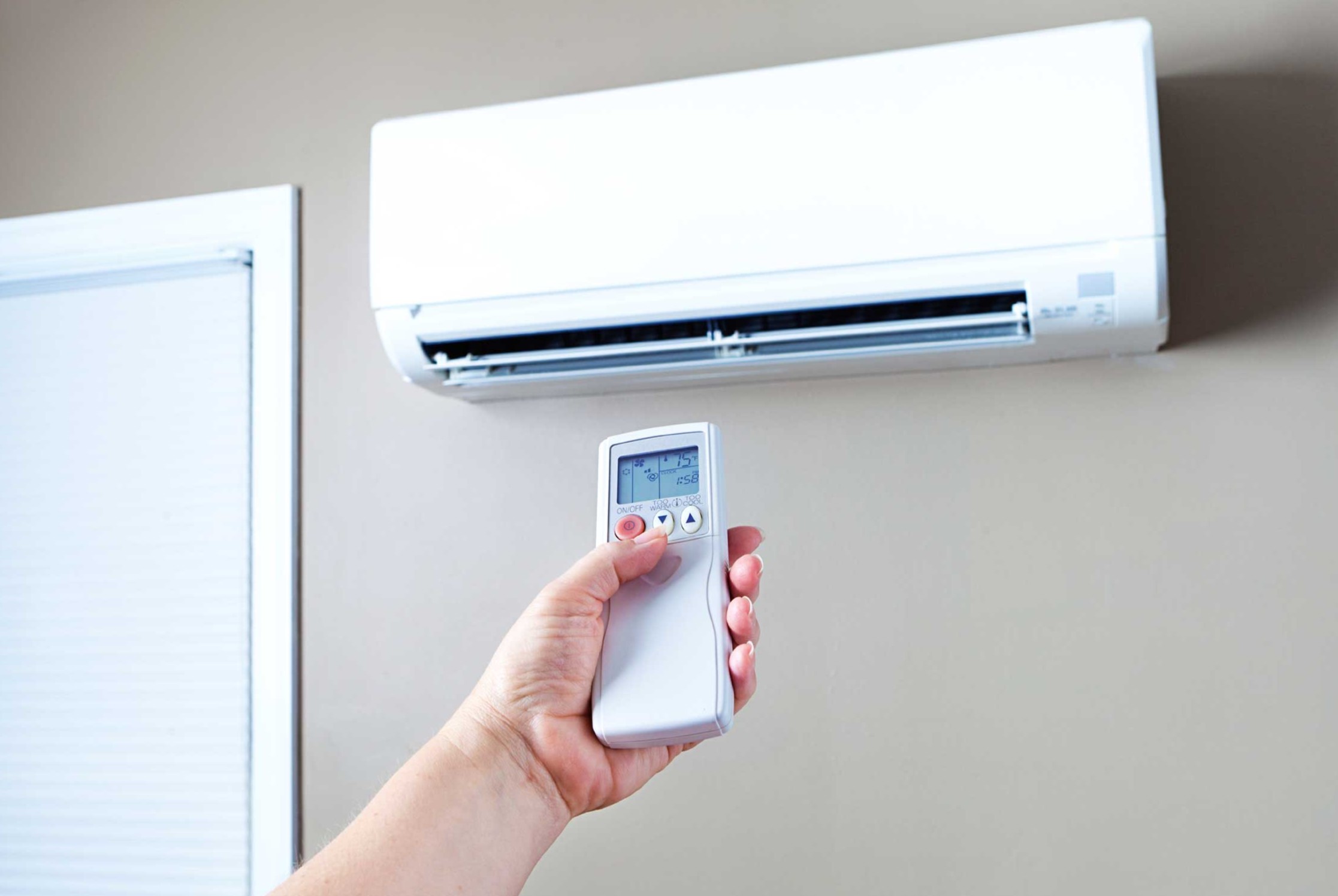
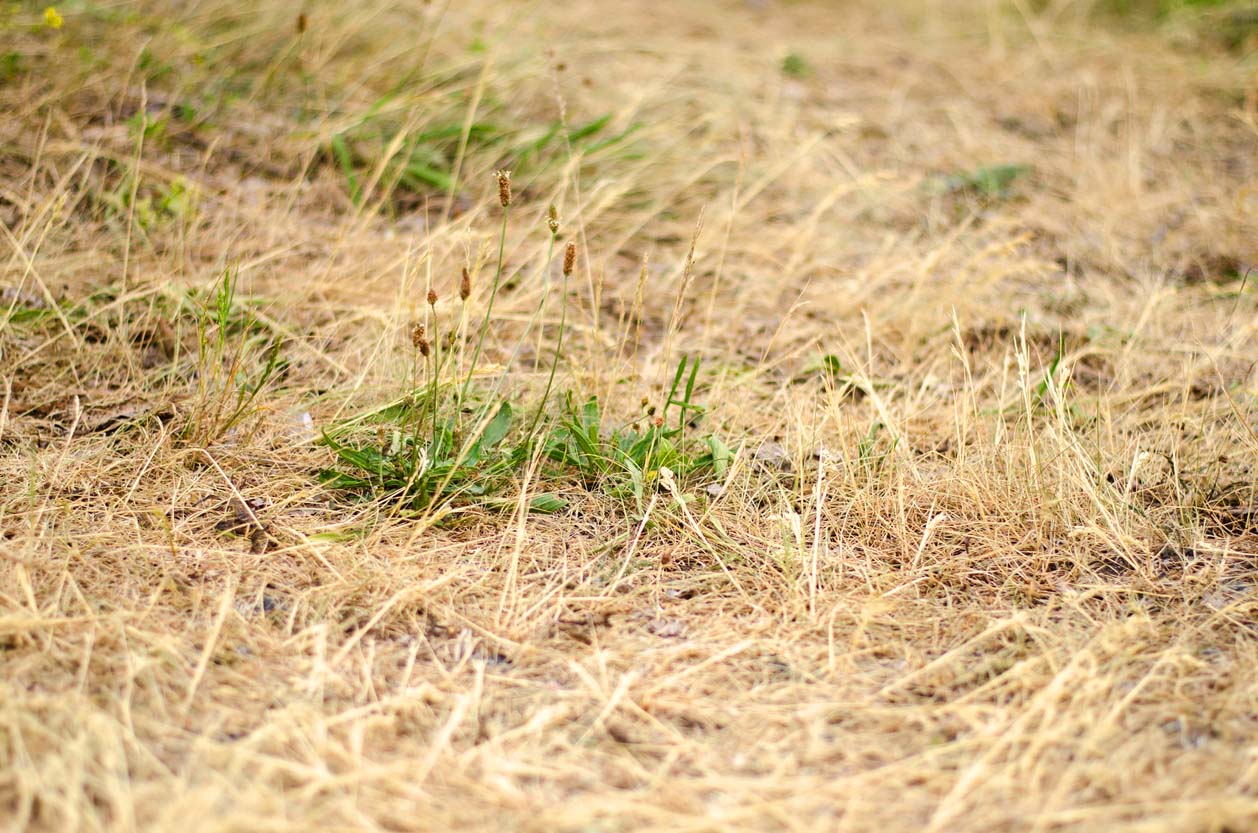
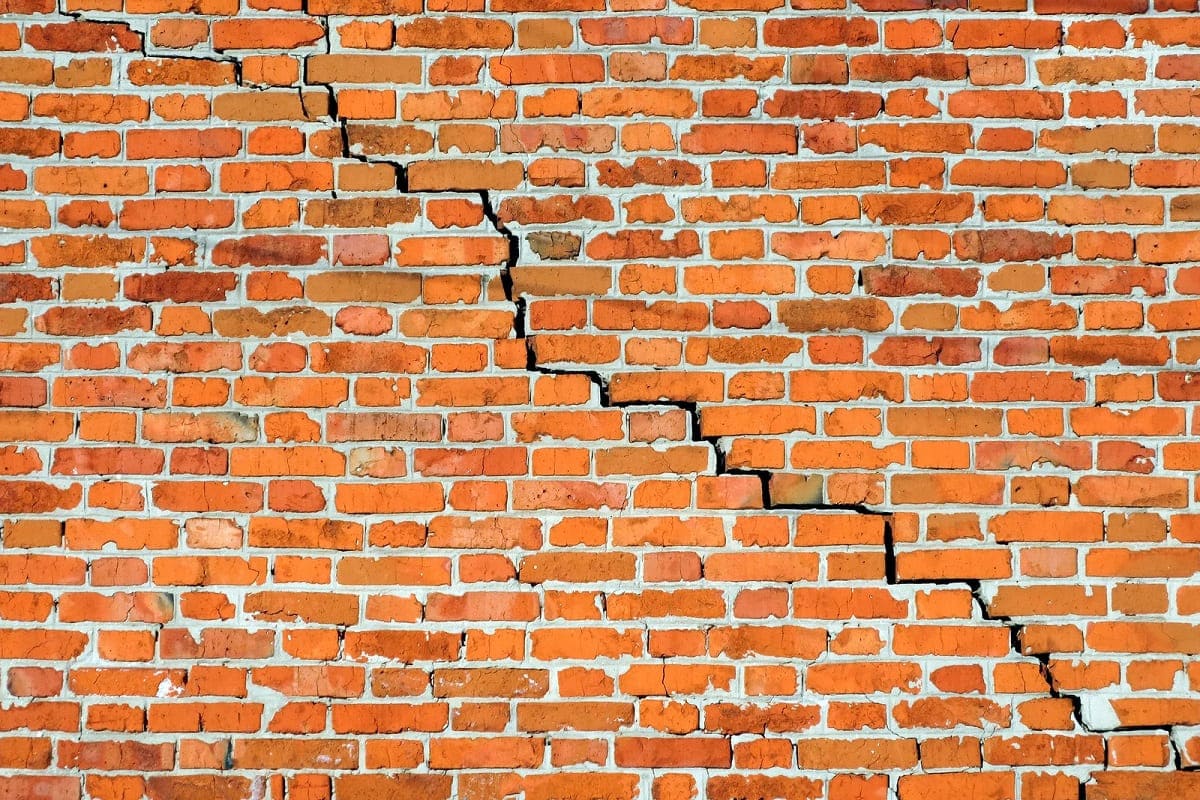

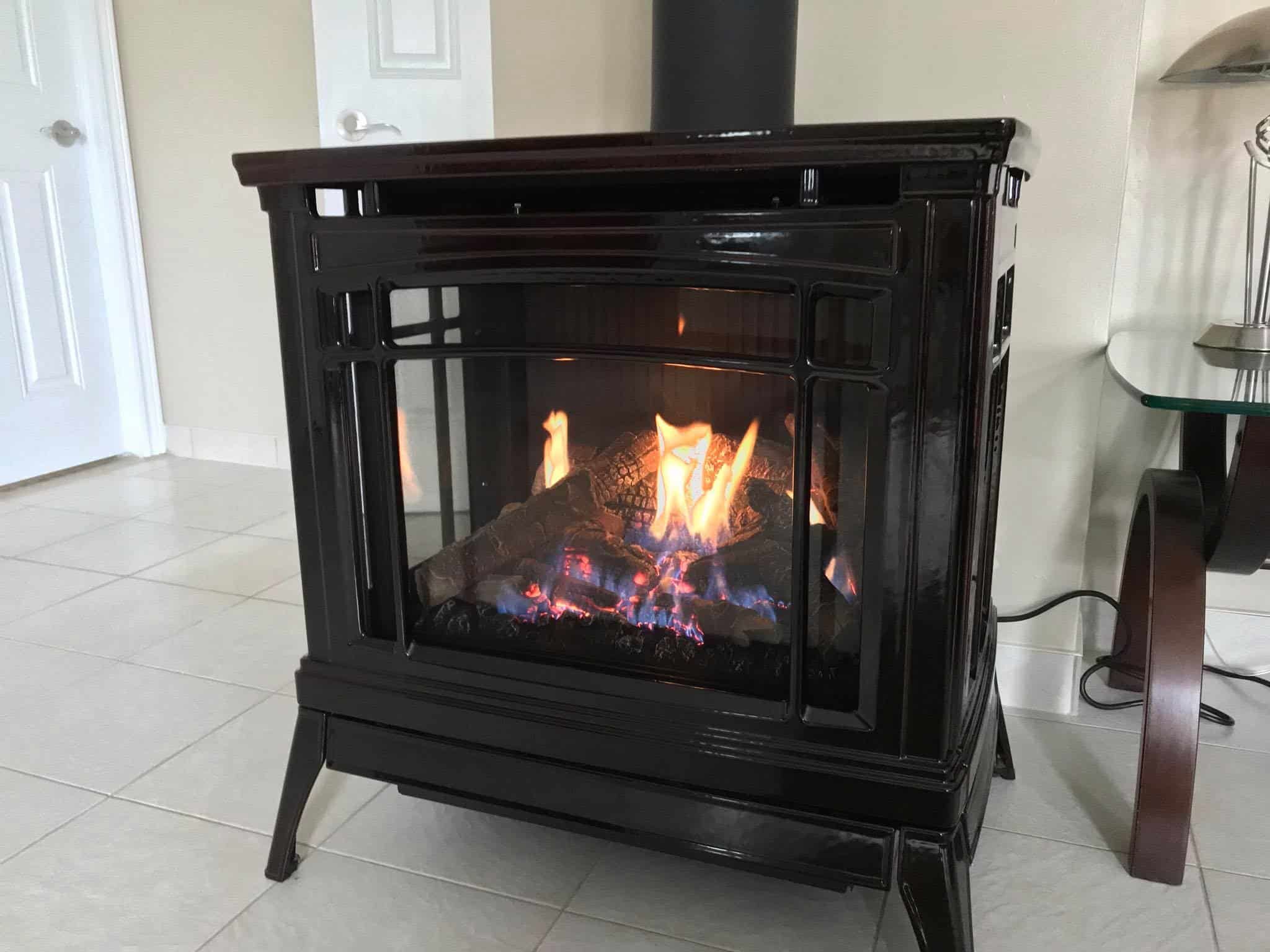
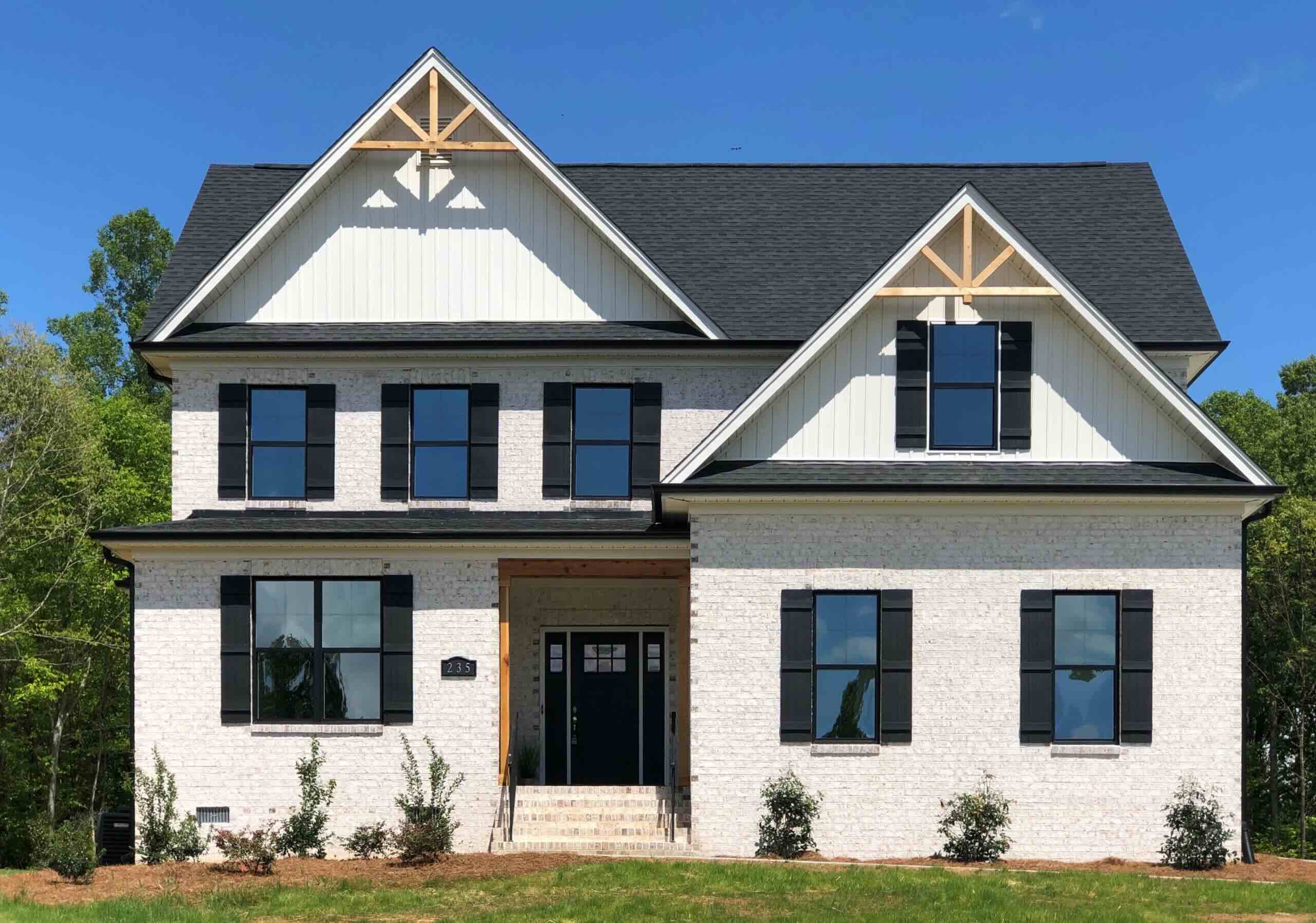
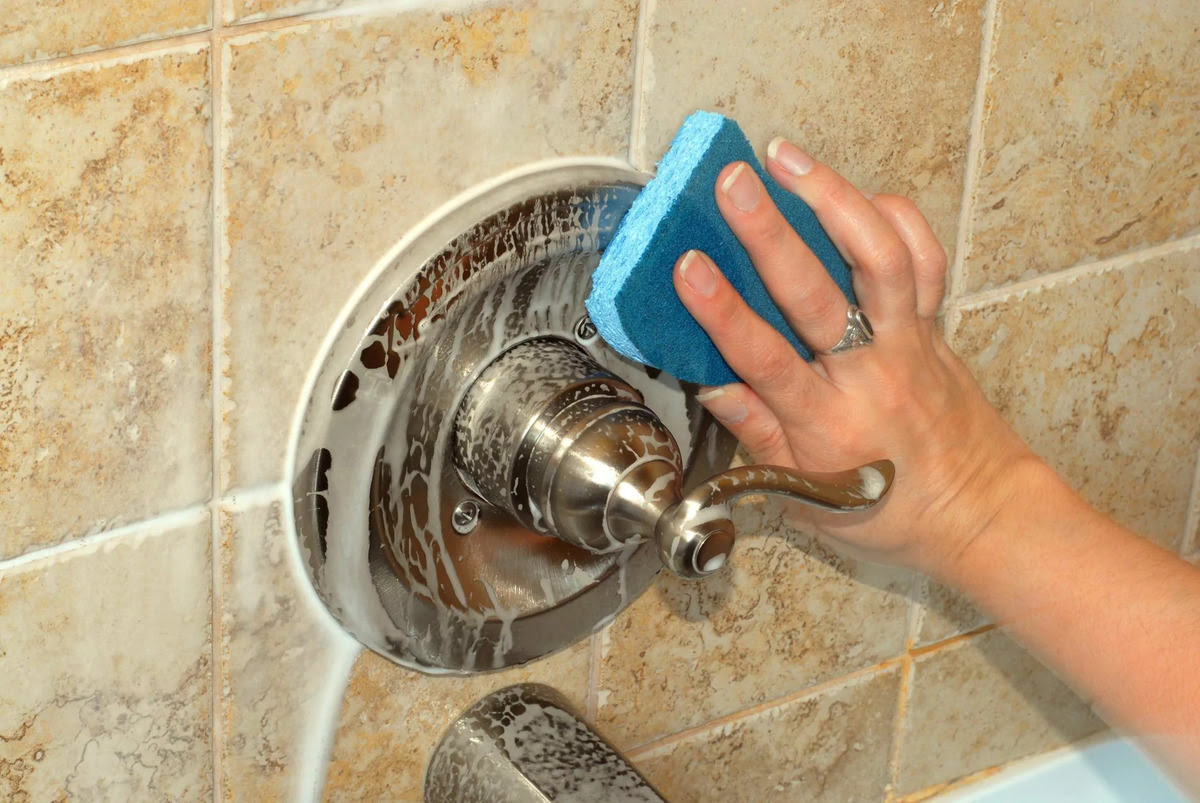
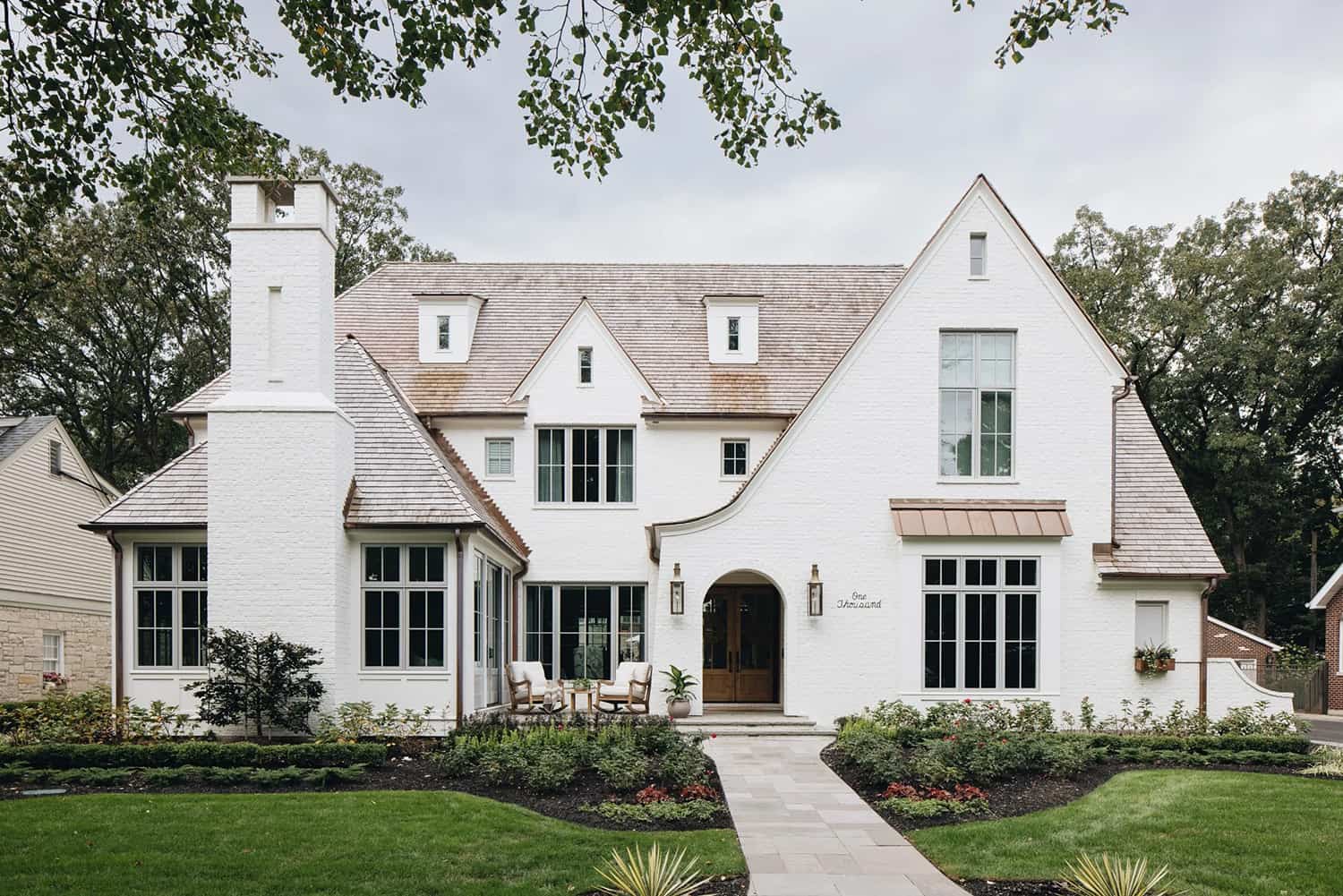
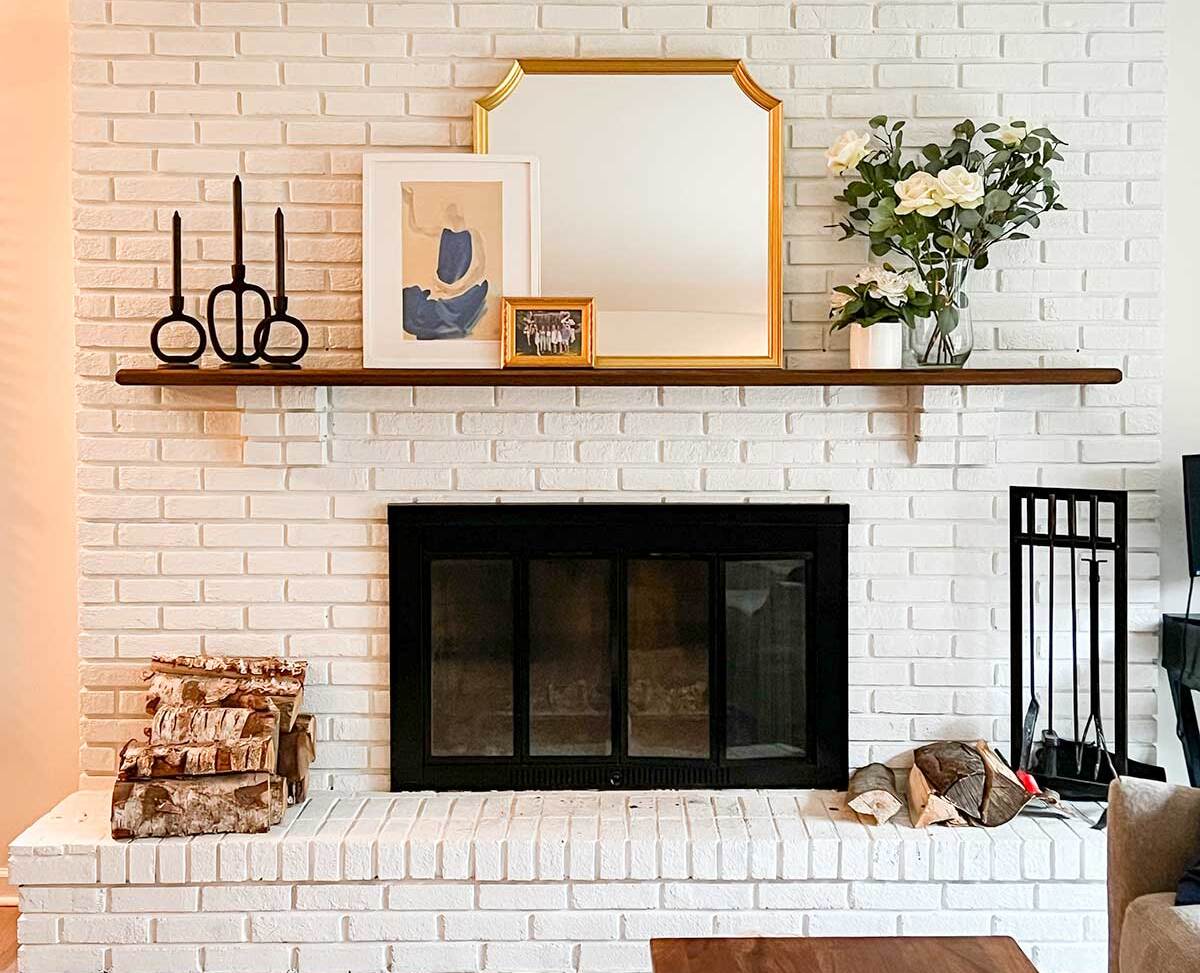

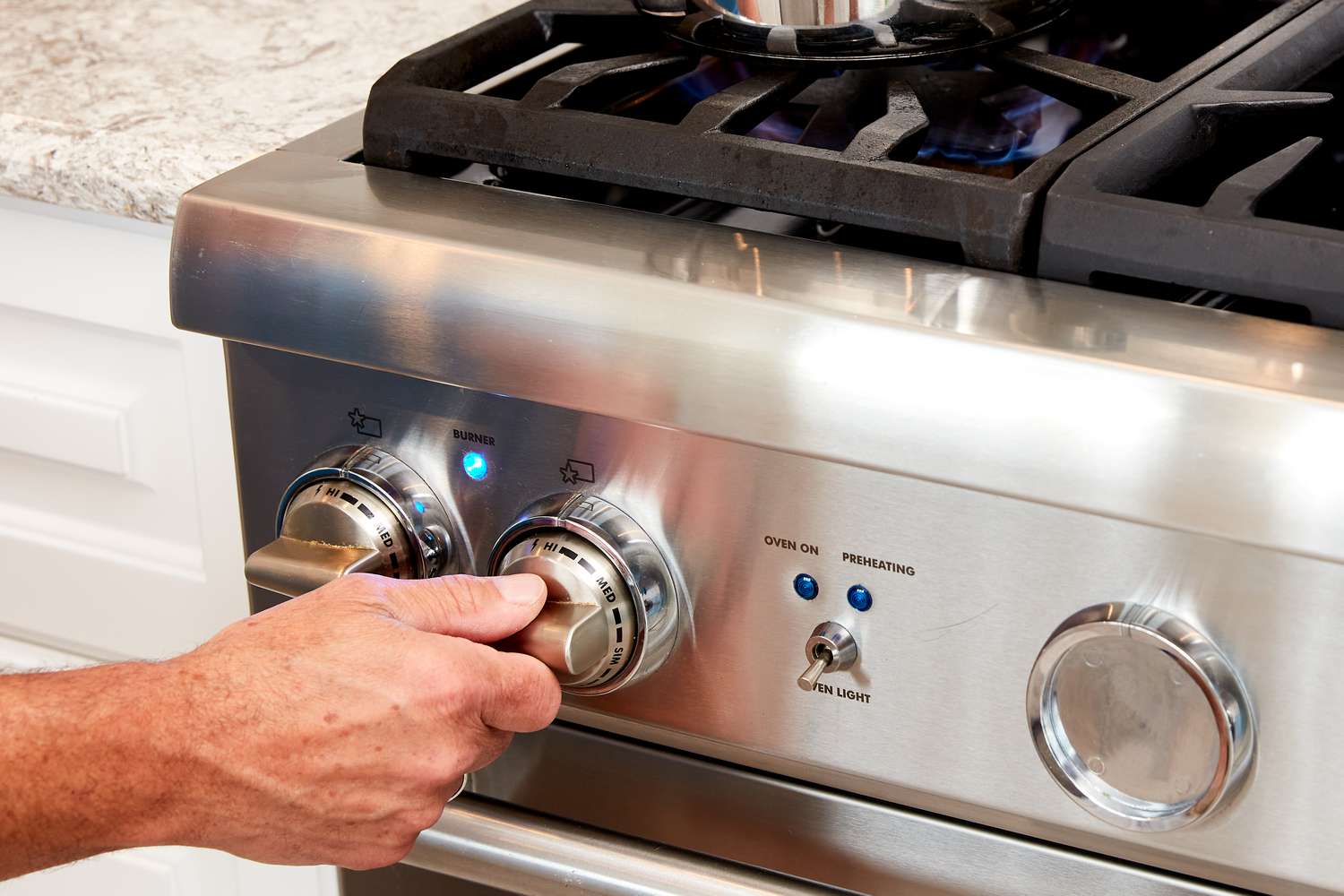
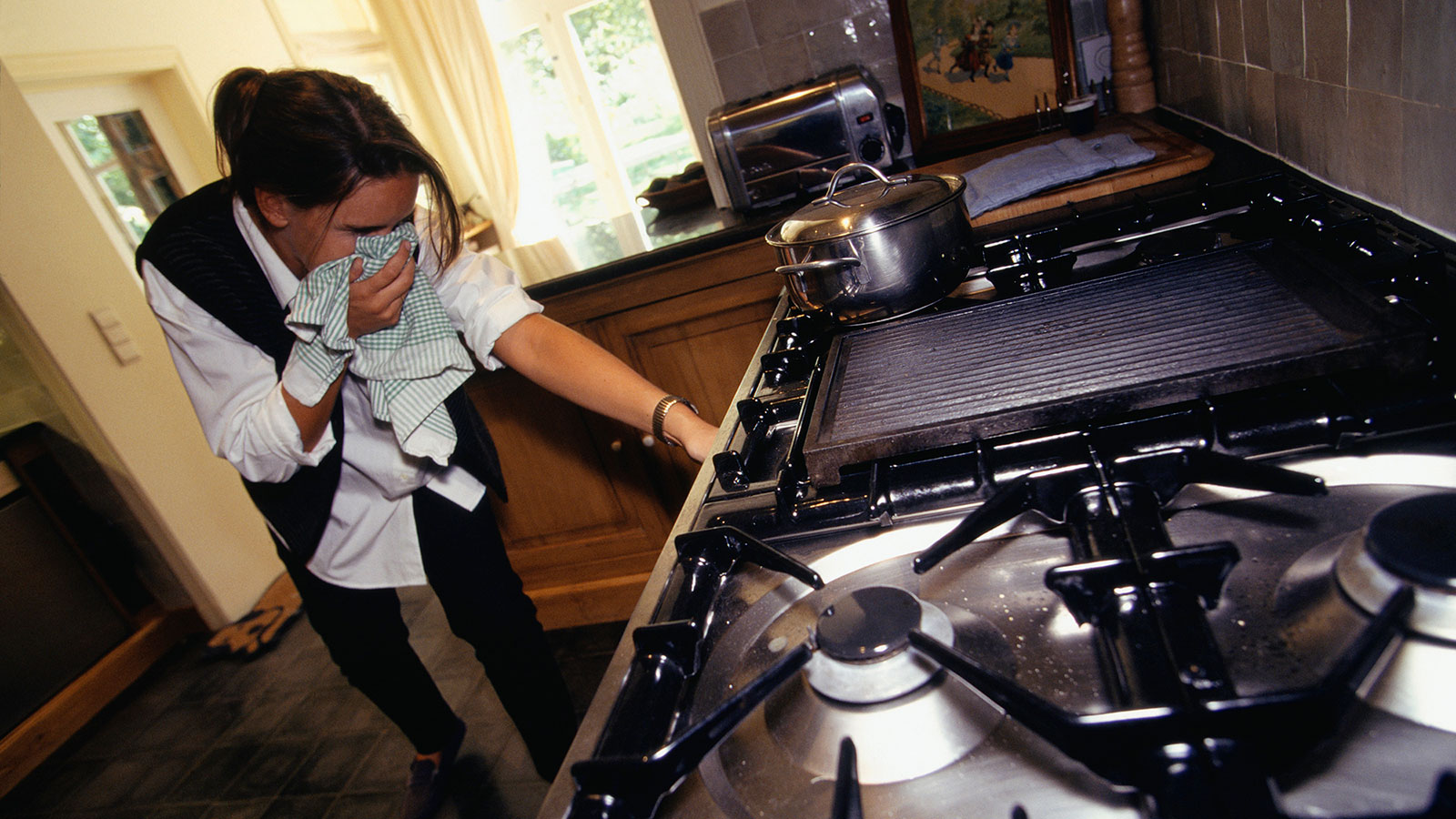
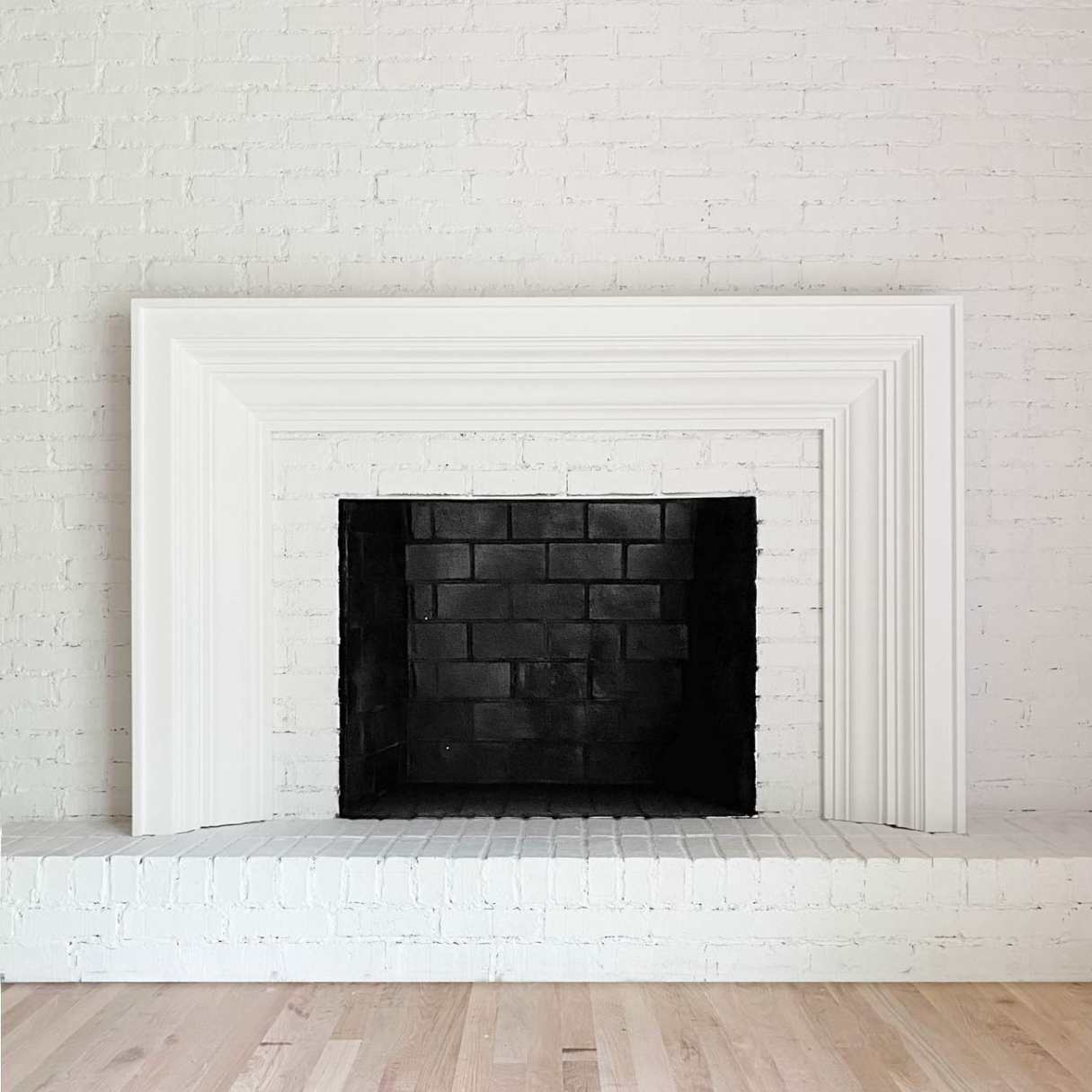
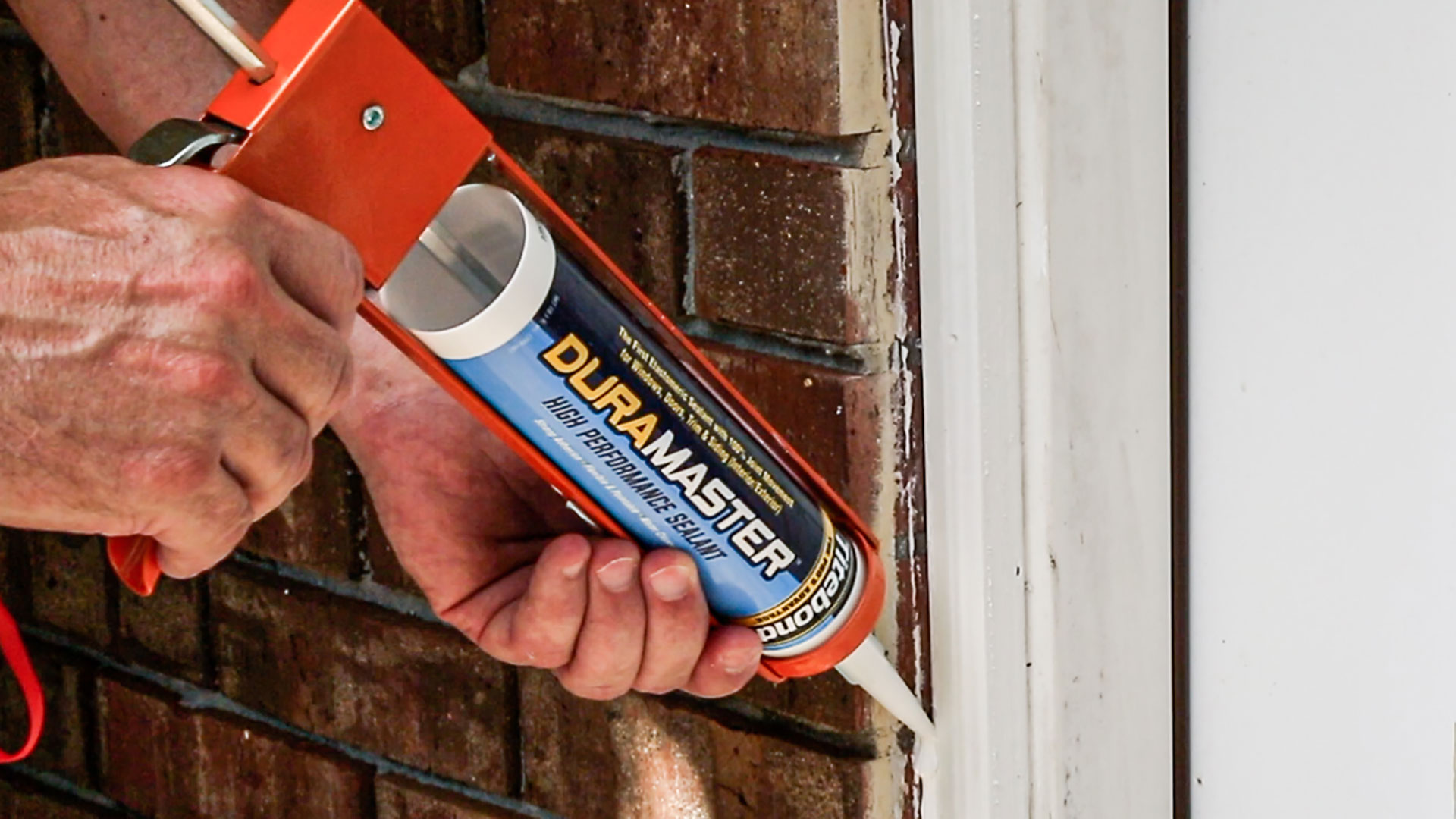

0 thoughts on “What Causes Brick To Turn White”